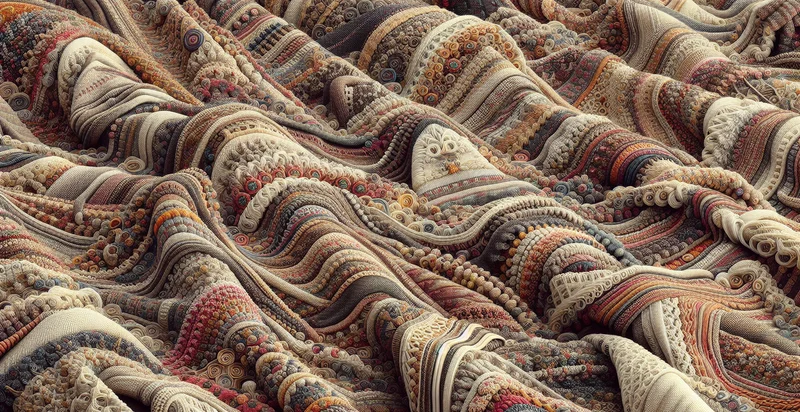Identify what material a kayak is made from
using AI
Below is a free classifier to identify what material a kayak is made from. Just upload your image, and our AI will predict what material a kayak is made from - in just seconds.

Contact us for API access
Or, use Nyckel to build highly-accurate custom classifiers in just minutes. No PhD required.
Get started
import nyckel
credentials = nyckel.Credentials("YOUR_CLIENT_ID", "YOUR_CLIENT_SECRET")
nyckel.invoke("what-material-a-kayak-is-made-from", "your_image_url", credentials)
fetch('https://www.nyckel.com/v1/functions/what-material-a-kayak-is-made-from/invoke', {
method: 'POST',
headers: {
'Authorization': 'Bearer ' + 'YOUR_BEARER_TOKEN',
'Content-Type': 'application/json',
},
body: JSON.stringify(
{"data": "your_image_url"}
)
})
.then(response => response.json())
.then(data => console.log(data));
curl -X POST \
-H "Content-Type: application/json" \
-H "Authorization: Bearer YOUR_BEARER_TOKEN" \
-d '{"data": "your_image_url"}' \
https://www.nyckel.com/v1/functions/what-material-a-kayak-is-made-from/invoke
How this classifier works
To start, upload your image. Our AI tool will then predict what material a kayak is made from.
This pretrained image model uses a Nyckel-created dataset and has 15 labels, including Aluminum, Carbon Fiber, Composite, Epoxy, Fiberglass, Inflatable, Kevlar, Nylon, Plastic and Polyethylene.
We'll also show a confidence score (the higher the number, the more confident the AI model is around what material a kayak is made from).
Whether you're just curious or building what material a kayak is made from detection into your application, we hope our classifier proves helpful.
Related Classifiers
Need to identify what material a kayak is made from at scale?
Get API or Zapier access to this classifier for free. It's perfect for:
- Material Verification for Manufacturers: Kayak manufacturers can utilize the image classification function to verify and ensure the correct materials are being used during production. By feeding images of processed kayaks, they can confirm that specifications are met, reducing waste and improving quality control.
- Retail Inventory Management: Retailers can use this function to classify the materials of kayaks in their inventory accurately. This information can enhance their product listings, allowing for targeted marketing and better inventory management based on customer preferences for specific materials.
- Insurance Assessments: Insurance companies can implement this classifier in their assessment processes for kayak damage claims. By identifying the material composition of the kayaks involved in claims, insurers can better evaluate repair costs or replacement values, streamlining their service.
- Sustainability Audits: Environmental organizations can leverage the image classifier to assess the environmental impact of kayaks based on their material composition. This can assist in promoting sustainable practices by identifying kayaks that utilize eco-friendly materials versus those that do not.
- Consumer Education: Educational platforms can incorporate this classification function to inform consumers about the different materials used in kayaks and their respective benefits. By providing instant classification results, consumers can make more informed purchasing decisions based on performance and sustainability.
- Second-Hand Market Analysis: Platforms facilitating the resale of kayaks can use the classifier to assess and verify the material of listings. This can enhance buyer confidence, ensuring that buyers receive accurate information about the products they intend to purchase in the second-hand market.
- Research and Development: R&D departments in sports equipment companies can use this function to compare the performance characteristics of kayaks made from different materials. This data can drive innovation in kayak design, leading to improved performance attributes based on material efficacy.


